Workflow of palletizing robot production line
Date: 2025-03-31 Categories: Industry News Hits: 160
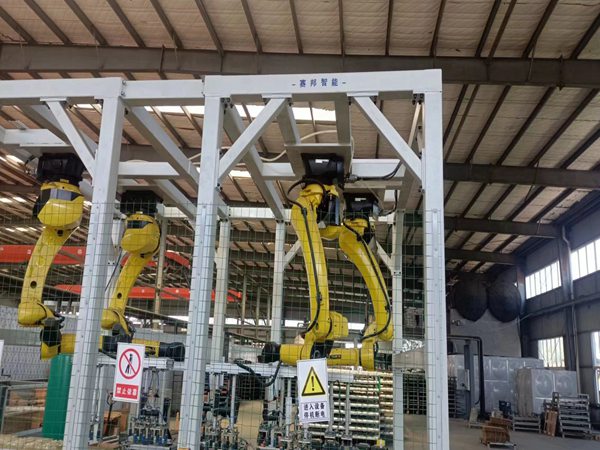
The palletizing robot production line realizes the full automation from product delivery to palletizing through highly intelligent operation, greatly improving production efficiency and quality. This article will analyze the work flow of the palletizing robot production line in detail.
1. Product delivery
Product delivery usually consists of one or more conveyor lines, which are responsible for delivering the finished boxes on the production line to a certain location. The speed and stability of the conveyor line are crucial to the smooth progress of subsequent palletizing work. In order to ensure that the products can be accurately and orderly delivered to the palletizing area, the conveyor line is usually equipped with sensors and positioning systems to monitor the position and quantity of the products in real time.
2. Product flipping
When the product is delivered to the location, it may be processed by a flipping machine as needed. The flipping machine is mainly used to flip the product to a suitable angle so that the palletizing robot can stack it according to the preset pallet type. The flipping machine realizes linkage with the conveyor line and the palletizing robot through the PLC control system.
3. Grasping and stacking
Palletizing robots usually adopt multi-joint or rectangular coordinate structures and have high flexibility. Before grabbing the product, the palletizing robot will first use sensors to accurately measure the position and size of the product, and then calculate the grabbing point and stacking position based on the preset palletizing mode and algorithm.
Palletizing robots usually have multi-layer stacking capabilities and can automatically adjust the stacking height and number of layers according to the size and weight of the product. In addition, the robot can also automatically adjust and optimize according to the needs of the production line, such as changing the palletizing mode, adjusting the grabbing speed, etc., to achieve high automation and personalized customization of the production process.
4. Pallet conveying
When the entire palletizing process is completed, the finished pallet will be output to the determined storage or outbound area through the finished product conveyor line. The finished product conveyor line is usually high-speed, stable and reliable, which can ensure the stability of the finished product pallet during the conveying process. In addition, in order to further improve the automation of the production line, the finished product conveyor line can also be equipped with auxiliary equipment such as automatic packaging machines and labeling machines to realize automatic packaging, labeling and warehousing of finished products.
n terms of intelligence, the current code palletizing robot already has the ability of autonomous learning and decision-making. Through the perception and analysis of materials, the robot can accurately identify and locate the goods and realize effective palletizing operations. At the same time, the robot can also automatically adjust and optimize according to the actual situation of the production line, such as changing the grabbing strategy, adjusting the palletizing speed, etc., to improve production efficiency and quality. In addition, some advanced palletizing robots are also equipped with fault diagnosis and remote monitoring functions, which can monitor the robot's operating status and performance parameters in real time, and promptly discover and solve problems.
The above is an introduction to the workflow of the palletizing robot production line. The workflow of the palletizing robot production line is a highly automated and intelligent process. It realizes full automation from product delivery to palletizing through key technologies such as accurate sensor positioning, flexible robotic arm grabbing, effective pallet delivery and intelligent control system.

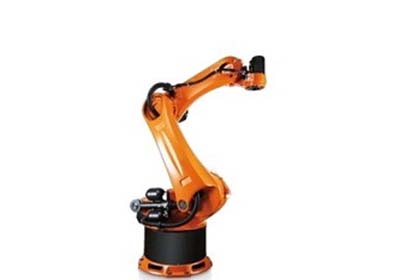 A230 30kg load palletizing rob...
A230 30kg load palletizing rob... 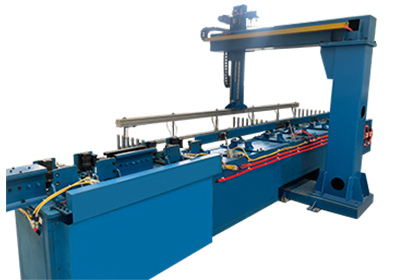 Column type palletizing robot
Column type palletizing robot 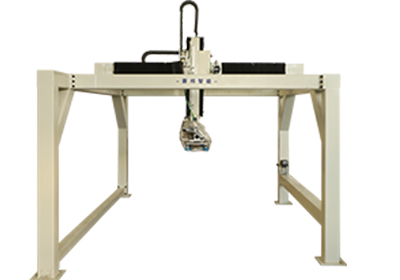 Gantry Palletizing Robot
Gantry Palletizing Robot 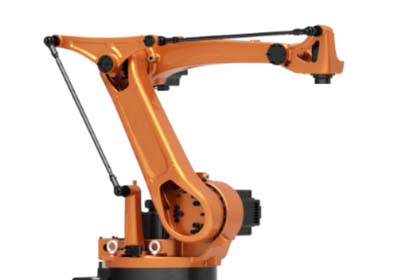 A180 20kg payload palletizing ...
A180 20kg payload palletizing ... 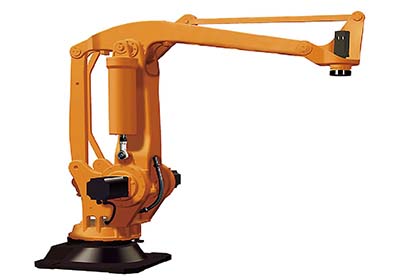 A140 10kg load palletizing rob...
A140 10kg load palletizing rob... 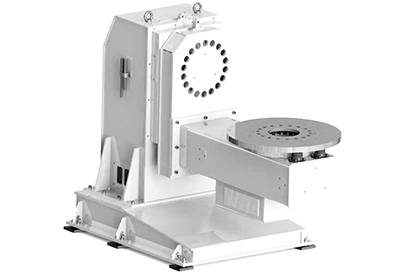 CPL-20 L-type welding position...
CPL-20 L-type welding position... 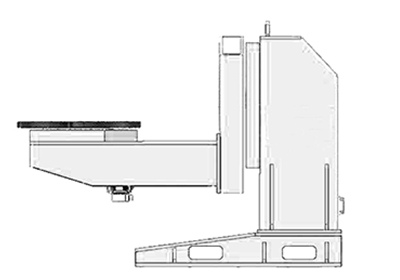 CPL-10 L-type welding position...
CPL-10 L-type welding position... 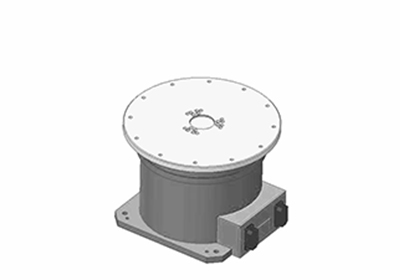 CPH-05 single-axis horizontal ...
CPH-05 single-axis horizontal ... 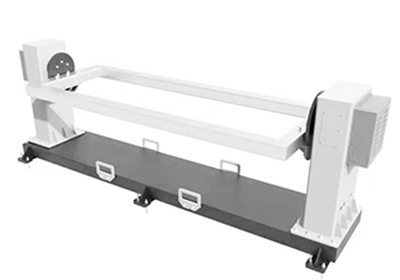 DDF-10 Head and tail frame wel...
DDF-10 Head and tail frame wel... 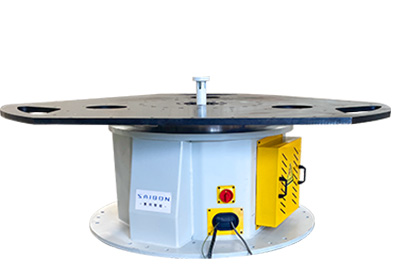 Single axis horizontal positio...
Single axis horizontal positio... 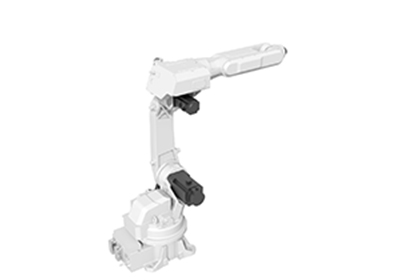 SR150 TIG welding robot
SR150 TIG welding robot 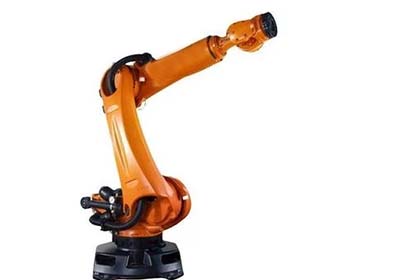 YR130 Laser Welding Robot
YR130 Laser Welding Robot 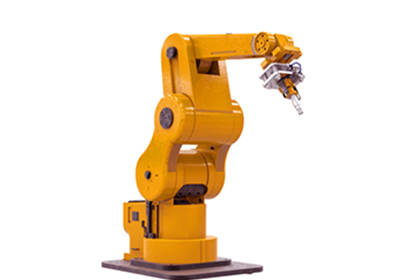 SR500 stainless steel welding ...
SR500 stainless steel welding ... 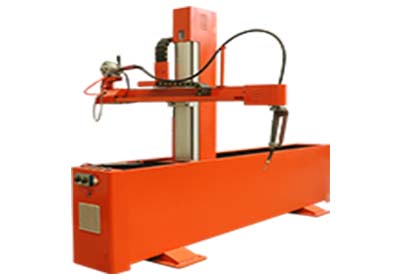 C150 right angle welding robot
C150 right angle welding robot 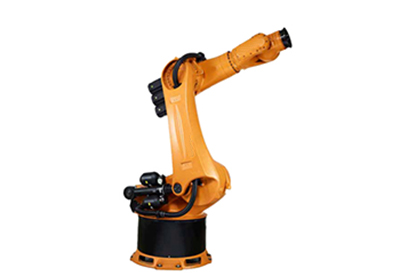 2000 fully automatic welding r...
2000 fully automatic welding r... 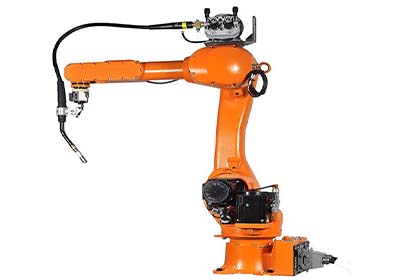 B160 six-axis welding robot
B160 six-axis welding robot  B090 six-axis welding robot
B090 six-axis welding robot  20kg load industrial robot arm
20kg load industrial robot arm 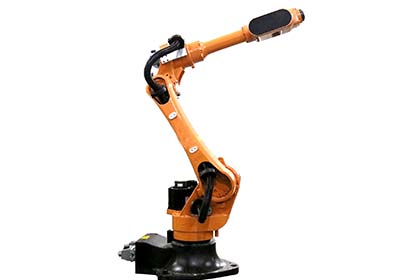 10kg load industrial robot arm
10kg load industrial robot arm  30kg load industrial robot arm
30kg load industrial robot arm 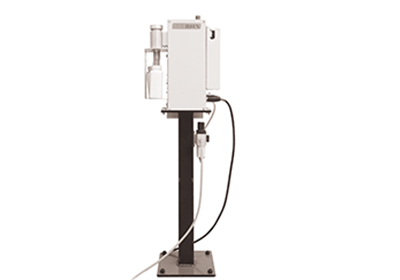 GH530 Gun Cleaner
GH530 Gun Cleaner 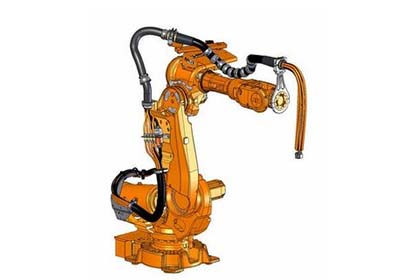 SXL150 Loading and unloading r...
SXL150 Loading and unloading r...